Reading effectively for the ISLPR test requires more than just a good vocabulary. It demands a solid understanding of how texts are organised.
Recognising the structure of a text helps you predict content, locate information quickly, and understand the writer’s purpose.
In this blog post, we explore how understanding text structure can dramatically improve your comprehension and performance in the ISLPR Reading Test.
How Reading is Tested in ISLPR Test
In the ISLPR reading test, your comprehension skills are assessed through an interactive interview format. The tester provides various texts selected from authentic materials such as news stories, feature articles, editorials, letters to the editor, opinion columns, advertisements, community brochures, and occasionally, semi-technical content from textbooks or special interest magazines.
You will be given a specific amount of time to read each text, with timing based on the complexity and length of the material. During this reading period, you are permitted to take notes, underline key points, or highlight information that you deem important.
Following this, you will discuss the text orally with the tester, demonstrating your understanding by summarising key ideas, identifying significant details, or explaining the purpose and tone of the content.
While talking, you can refer back to your notes or the original text, but you cannot use a dictionary. This approach ensures that your reading proficiency is judged based on practical comprehension, analytical thinking, and your ability to articulate your understanding clearly.
Understanding ISLPR Text Structure and Types
In the ISLPR Reading Test, candidates encounter a variety of texts that reflect real-life language use. To answer questions accurately and efficiently, it’s essential to understand how these texts are structured and what types of texts may appear. Recognising text structure helps you follow the flow of ideas, identify key information, and make predictions while reading.
What Is Text Structure?
Text structure refers to how a text is organised to present ideas or information. Different structures serve different purposes, and understanding them gives readers a mental framework for processing meaning.
For example, a procedural text follows a step-by-step format, while a persuasive text presents an argument supported by reasons and evidence.
Common Text Types in the ISLPR Reading Test
- Narrative Texts
These tell a story or describe events in chronological order. They may appear in the form of anecdotes, biographies, or fictional excerpts. Look for characters, settings, and a clear sequence of events. - Descriptive Texts
Descriptive texts paint a picture of a person, place, object, or event using sensory details. The structure may not follow a linear flow but focuses on vivid imagery and adjectives. - Expository Texts
These aim to explain or inform. The structure is typically logical and objective, using headings, definitions, examples, and comparisons. You’ll often see these in articles, leaflets, or information sheets. - Procedural Texts
Procedural texts give instructions or directions. They are organised sequentially and use numbered steps, command verbs (e.g., “turn,” “mix”), and time markers (e.g., “then,” “next”). - Persuasive Texts
These texts aim to influence the reader’s opinion. The structure includes an introduction of the issue, supporting arguments, counterarguments, and a conclusion or call to action.
By identifying the type and structure of a text early, you can tailor your reading strategy, whether you’re skimming for the main idea or scanning for details, to improve your comprehension and test performance.
Let’s now look at ways to boost your reading comprehension in the ISLPR reading test.
1. Know the Common Text Types
Different texts serve different purposes and follow specific structures. Familiarise yourself with these common types:
- Narrative: Tells a story (with a beginning, middle, and end).
- Descriptive: Paints a picture using sensory details.
- Expository: Explains facts and concepts logically.
- Persuasive: Argues a point and tries to convince the reader.
- Procedural: Gives step-by-step instructions.
By recognising the type of text you’re reading, you can anticipate the kind of information it will contain and how it’s likely to be organised.
2. Identify the Main Idea and Supporting Details
The main idea is the central message or point the author wants to communicate. Supporting details explain or develop that idea. In ISLPR, questions often require you to identify both.
- Tip: Check the first and last sentences of a paragraph. Authors often introduce and summarise main ideas there.
3. Understand Paragraph Structure
Each paragraph typically has a topic sentence followed by supporting evidence or examples. Look for:
- Topic sentence: Usually the first sentence; introduces the paragraph’s main point.
- Support: Includes facts, reasons, or explanations.
- Concluding sentence: May summarise or link to the next paragraph.
Being able to break down a paragraph helps you navigate the overall structure of longer texts.
4. Recognise Signal Words and Transitions
Writers use signal words to guide readers through their arguments and ideas. These include:
- Addition: furthermore, in addition, also
- Contrast: however, on the other hand, although
- Cause and effect: because, therefore, consequently
- Sequence: first, next, finally
Recognising these helps you understand how ideas are connected.
5. Understand Text Features
In many ISLPR reading texts, especially expository and procedural ones, formatting provides important clues. Watch for:
- Headings and subheadings: Indicate structure and topics.
- Bullet points or numbered lists: Help you follow steps or key points.
- Bold/italic text: Emphasises important terms or concepts.
These features can help you locate information quickly and understand what the author considers important.
6. Predict Content Based on Structure
Once you recognise the structure of a passage, you can start predicting what will come next. For example:
- In a problem-solution text, after the problem is introduced, expect a proposed solution.
- In a cause-effect article, look for consequences following the causes.
This predictive reading speeds up comprehension and allows you to stay engaged.
7. Use Skimming and Scanning Strategies
Skimming and scanning are essential techniques in the ISLPR Reading Test:
- Skimming: Quickly reading to get the general idea.
- Scanning: Looking through the text to find specific information.
Understanding structure helps you skim and scan more effectively. For example, scanning is easier when you know where topic sentences are usually located.
8. Practice with Varied Texts
ISLPR reading materials range from policy extracts to community notices and instructions. Practice identifying structure in different genres:
- Policies: Often use headings and formal language.
- Notices: Concise and factual with key details highlighted.
- Instructions: Ordered steps with sequencing words.
Exposure to varied texts sharpens your ability to decode structure quickly.
9. Summarise Paragraphs in Your Own Words
After reading each paragraph, try to summarise it in a single sentence. This technique:
- Reinforces your understanding.
- Helps you retain information.
- Makes it easier to answer comprehension questions later.
This is especially useful in multi-paragraph texts where each section serves a different function.
10. Annotate While Reading
In a digital or paper test, annotate the passage by underlining topic sentences, circling key words, and marking transitions.
- This visual engagement reinforces comprehension.
- It helps you return to key points when answering questions.
Annotation turns passive reading into active engagement—a major advantage in a timed test like ISLPR.
Final Thoughts
Mastering text structure is like unlocking a map to guide you through a passage. It reduces confusion, improves accuracy, and saves time. Whether you’re reading an editorial or a set of directions, understanding how information is organised allows you to focus on meaning, not just words.
In the ISLPR Reading Test, where efficiency and understanding are crucial, applying these 10 strategies will give you a definite edge. Start practising today, and notice how your comprehension improves with every new text you read.



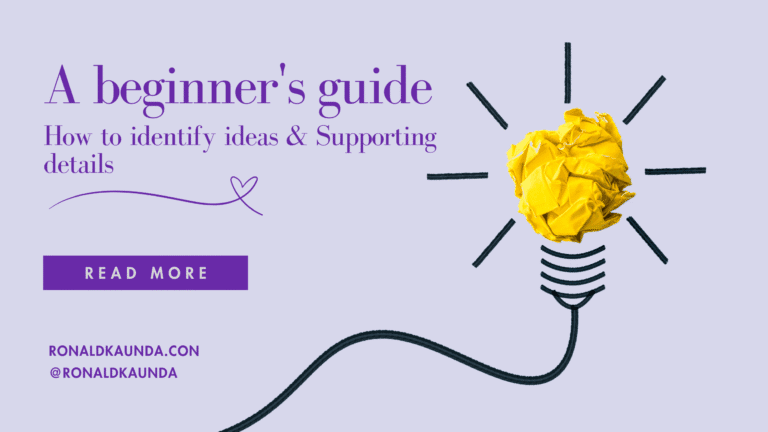
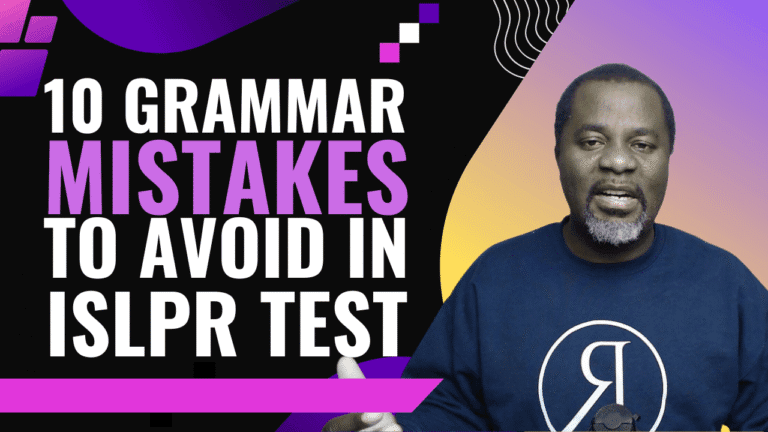
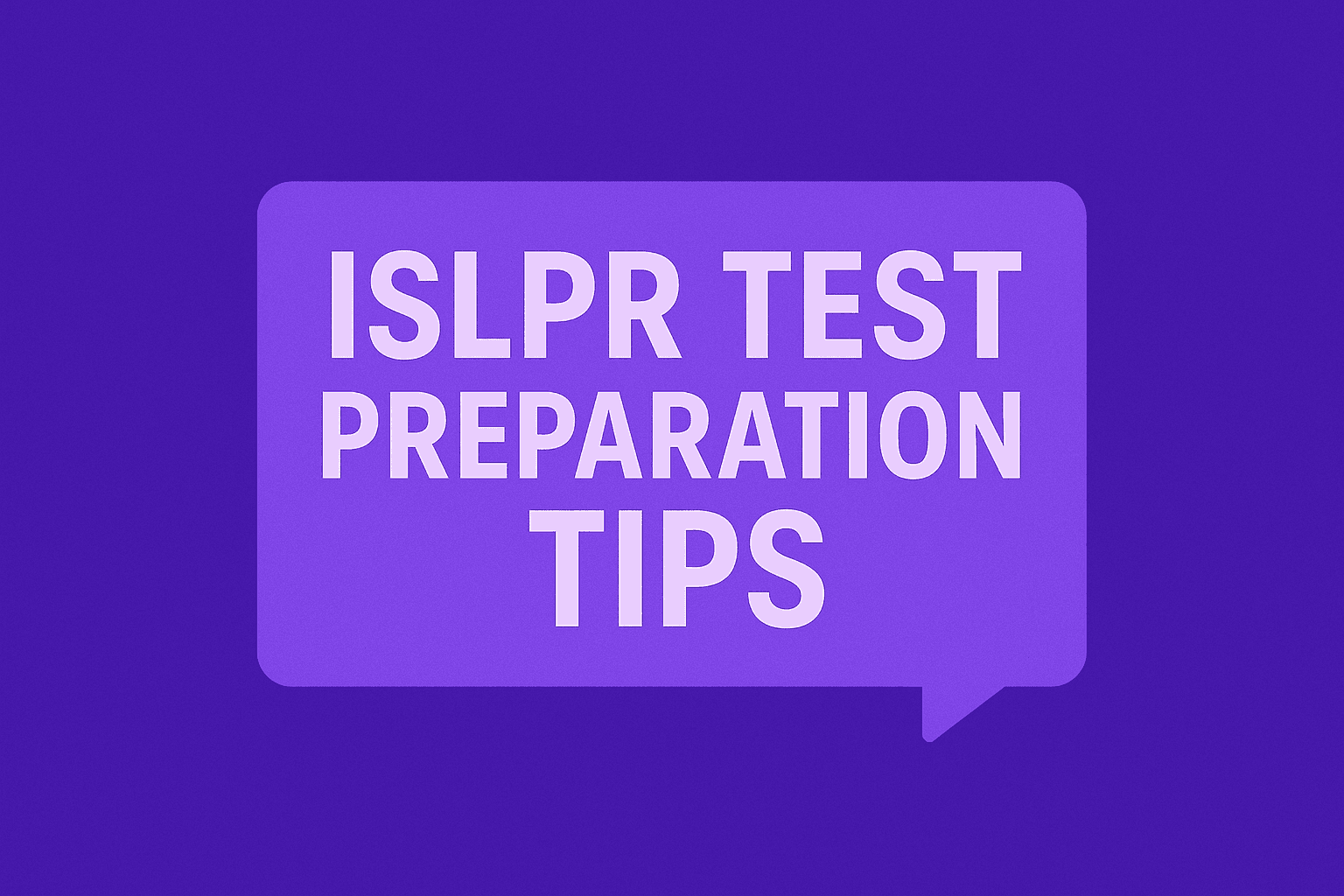

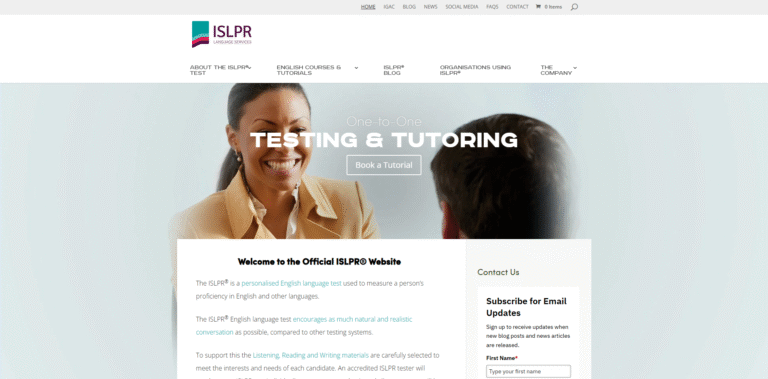

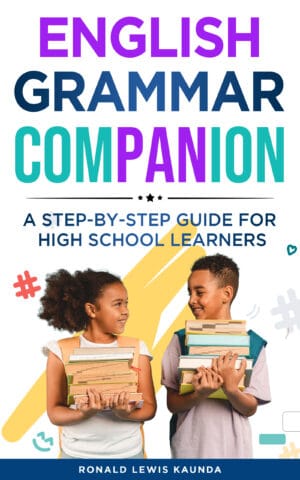 English Grammar Companion
English Grammar Companion